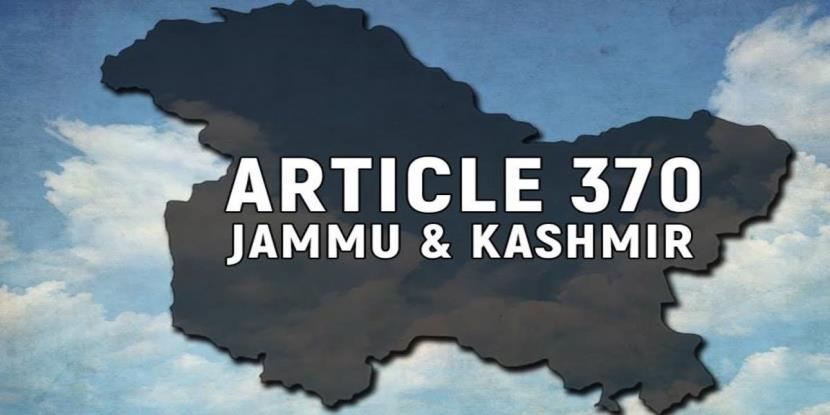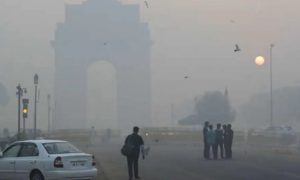For a situation as complex and multi-faceted as Kashmir’s, there cannot be a black and white thumbs-up or thumbs-down answer. For those who may take extreme positions, it could be said that the situation is not assessed in its entirety.
Three years ago, the month of August saw the abrogation of Article 370 of the Constitution of India, which stripped the erstwhile state of Jammu and Kashmir of its special autonomous status and applied the Indian Constitution to it. Article 370 was one of the few contentious issues that altered the political landscape of a whole region. Not only that, it evoked a diversity of opinion in the public realm since its inception and has been the subject of countless books, research papers, and documentaries.
It was to be a temporary provision with full integration being the objective. However, after several decades of conflict and instability in the Kashmir region, the Indian Government rendered Article 370 inoperative by way of a Presidential Order and further, bifurcated J&K into two union territories — Jammu and Ladakh.
To date, the move has garnered opposition from the separatist groups in Kashmir as well as from many Kashmiri Muslims in the region, who see this as a political and cultural invasion by a Hindu supremacist state. On the other hand, Buddhist associations in Ladakh and the Kashmiri Hindu/Pandit community — who were ousted in a mass exodus out of their homeland in the 1990s — continue to welcome the move.
As an area of dispute between India and Pakistan since 1947, the valley has seen a massive amount of incidents such as insurgencies, encounters, stone pelting, detentions, civilian deaths, attacks on the military, and government clampdowns. In fact, given the history and sensitive nature of the revocation of Article 370, the state was kept under a near-absolute internet blackout and lockdown while the move was carried out. This restriction on internet services has been one of the many points raised by those challenging the larger move as “unconstitutional” and violative of the fundamental right to expression.
Owing partly to shifted priorities due to the Covid-19 pandemic that started soon after and partly, perhaps, to an intent to let the dust settle, the government, however, has maintained a measured silence on the Article 370 abrogation. In fact, the observance of the third year anniversary was more a low-key affair than many thought it would be — given how the region of ‘Kashmir’ merging fully into India is seen as a ‘victory’ and cause for chest-thumping in popular parlance.
The J&K police took to Twitter to share comparative data on the reduction of law and order-related incidents from 2019 to 2022. According to reports in the media, the Additional DG of Police, Kashmir Range, also mentioned a declining number of civilian killings due to terror incidents.
For a situation as complex and multi-faceted as Kashmir’s, there cannot be a black and white thumbs-up or thumbs-down answer. For those who may take extreme positions, it could be said that the situation is not assessed in its entirety.
Kashmir has surely come a long way from the conditions under which the princely state initially acceded to India and signed the Instrument of Accession. Promotive measures for human rights protection and bringing the education and employment scenario in the UTs of Jammu and Ladakh should now be the focus of any top-down activity or order in them.





































